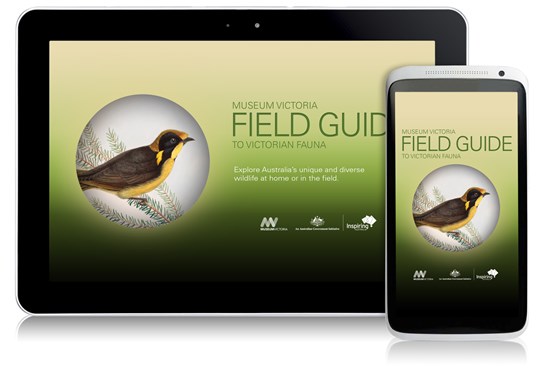
Below is a selection of educational materials that cover some of the unique natural values of the Living Links region in Melbourne’s south-east (the Dandenong Creek catchment).
Waterways and Wetlands research projects
RMIT and Melbourne University both have long term research partnership agreements with Melbourne Water. The research projects for the next 5 years have now been finalised and are listed below. Many of these research projects cover the Dandenong Creek Catchment area and will be very useful in directing future priority planning for Living Links.
This list is explored further in the attached prospectus Melbourne Waterways Research Partnership Practice Partnership Prospectus 2023-2028
- MWRPP – Melbourne Waterways Research Practice Partnership (University of Melbourne)
- W1: The impacts of ‘next generation’ citizen science programs
- W2: Exploring the optimum combination of centralised and decentralised approaches to stormwater management
- W3: Protecting Sunbury streams and headwaters from urbanisation
- W4: Review and refining our long-term water quality monitoring network to support waterway management under a changing climate
- W5: Development and application of stream and wetlands habitat suitability models (HSMs) to support Healthy Waterways Strategy planning
- W6: Relationship between physical form and ecological health of waterways
- W7: Major sources and fate of sediments in streams, wetlands, estuaries and bays to inform management opportunities
- W8: Improving stream management using ecological modelling and DNA metabarcoding
- W9: Traditional Owner-led restoration of urban billabongs
- W10: Developing methods, metrics and strategic management frameworks for waterway function as a key environmental value
- W11: Application of real-time-control technology to the management of stormwater
- W12: Monitoring riparian and instream vegetation condition, extent and benefits for environmental values
- W13: Approaches to increasing the resilience of vegetation in a changing climate
- W14: Assessment of deer control effectiveness at the Cardinia, Silvan and Upper Yarra water supply reservoirs
- W15: Irrigating the urban forest with stormwater
This list is explored further in the attached prospectus Aquatic Pollution Prevention Partnership Prospectus 2023-2028
A3P (Aquatic Pollution Prevention Partnership) (RMIT University)
- A1: A decision support framework (DSF) to help prioritise water quality management actions across the region, set management targets and assess management effectiveness
- A2: Understanding the threat of climate change to water quality in waterways to inform mitigation opportunities
- A3: Understanding how toxicants impact waterway and wetland function
- A4: Understanding the ecological risks of treated and untreated wastewater discharges to waterways
- A5: Assessment of pollutant risks and the need for management interventions at environmentally sensitive sites across the region
- A6: Understanding the major sources, pathways and waterway health impacts of chemicals of concern in waterways to inform risk assessments and management interventions
- A7: Managing the impacts of toxicants in urban stormwater and wastewater treatment plant discharges on the health of estuaries and bays
- A8: Understanding ecological risks from pesticide spraying activities on or near waterways and suitable management alternatives.
- A9: Industrial effective and affordable opportunities for the treatment of industrial pollutants in stormwater drains
Environmental Weed Management Videos
Working out how to deal with environmental weeds can be a real challenge. These videos by Dr. Graeme Lorimer of Biosphere Pty Ltd provide a foundation of helpful ecological concepts to steer you in the right direction. The first video provides some really helpful ecological concepts for assessing the seriousness of an environmental weed problem and how it will respond to your actions. The second video shows you how use that knowledge, along with other information, to prioritise environmental weed problems. That’s important to make your efforts and resources really count.
Environmental Weed Managment: Part 1 – Ecological Insights
https://www.youtube.com/watch?reload=9&v=3o2bLW8fApM&feature=youtu.be
Environmental Weed Management: Part 2 – Setting Priorities
Connies Cards
This set of 15 colour swap cards features iconic wildlife from the Dandenong catchment. Developed for Living Links by the Connies.
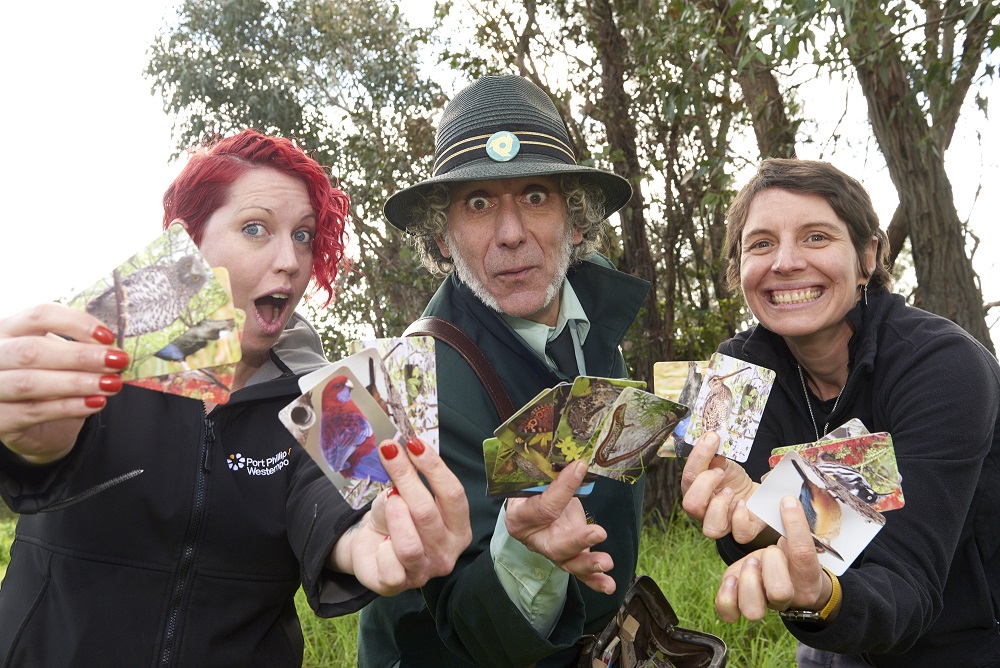
Dandenong Creek Activity Sheet
A family-friendly activity sheet featuring the Dandenong Creek. Developed by the Victorian National Parks Association in partnership with Living Links and Melbourne Water.
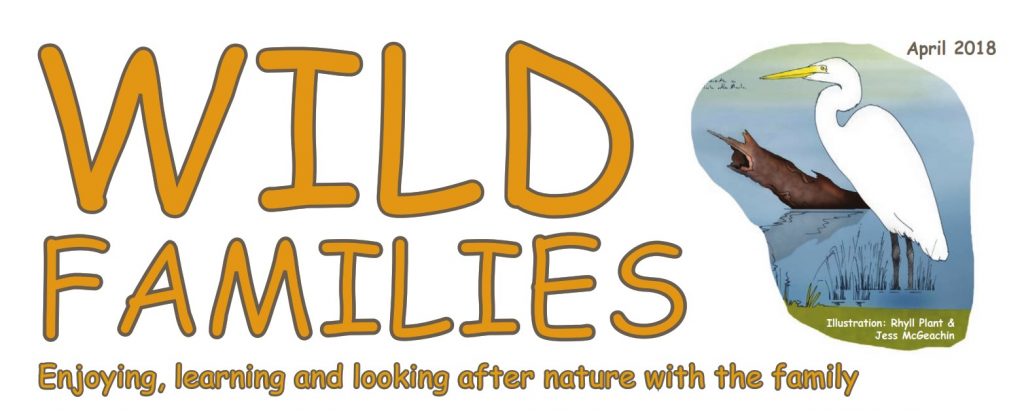
Dandenong Creek Information
Melbourne Water has compiled some general information regarding the history, natural features, wildlife, places to visit and conservation of the Dandenong Creek here.
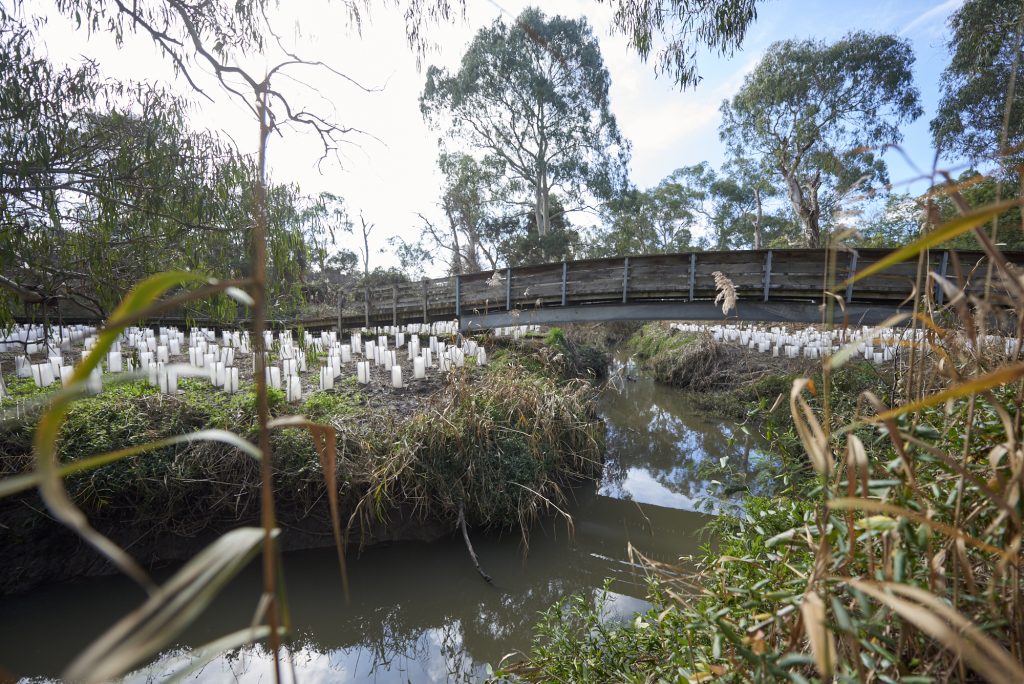
Biodiversity Poster
This beautiful poster developed by the Connies and the City of Whitehorse features a wide selection of the native plants and animals that occur in the Living Links region.
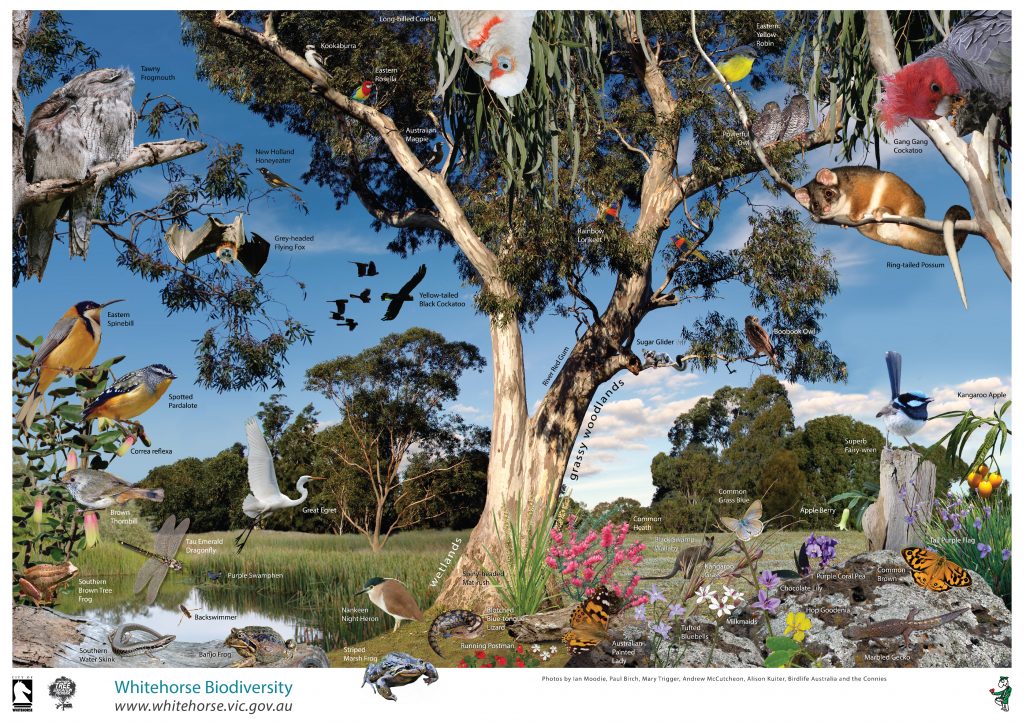
Melbourne Birds Guide
This colour booklet features 116 bird species that occur regularly in Melbourne. Developed by Birdlife Australia. Download below or view the e-book here.
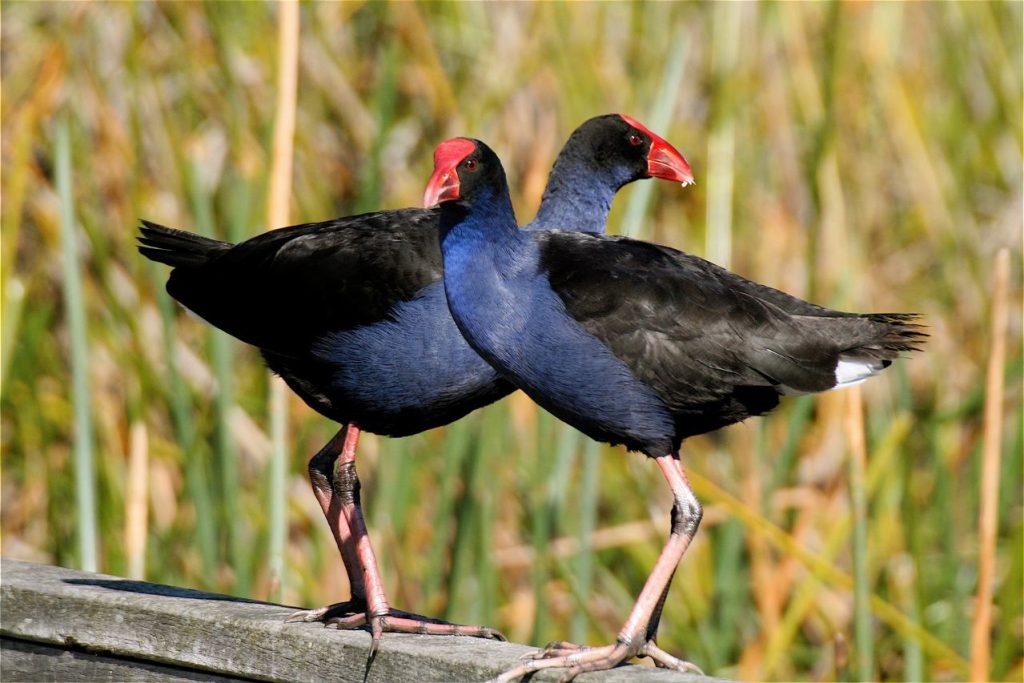
Victorian Pollinator & Beneficial Insect Guide
This colour brochure features common pollinator and beneficial insects of Victoria, with helpful information on identification and conservation. Developed by the Port Phillip and Westernport Catchment Management Authority, Wild Pollinator Count and Agribusiness Yarra Valley Download below or view the e-book here.
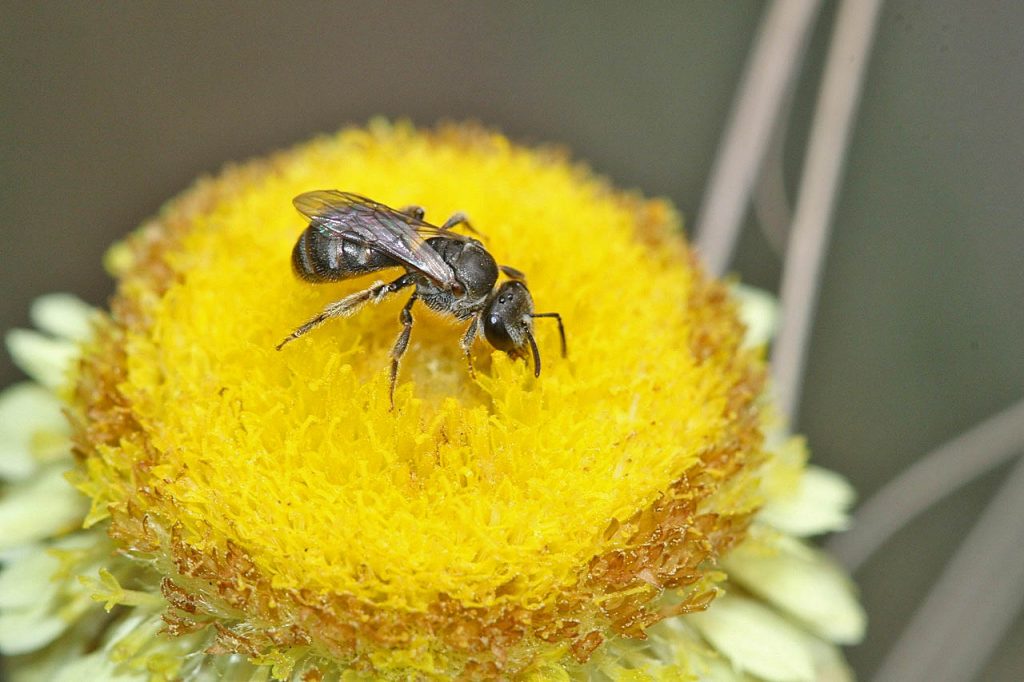
Field Guide to Victorian Fauna
Explore Victoria’s unique and diverse wildlife at home or in the great outdoors with Museums Victoria’s free Field Guide app. It combines detailed animal descriptions with stunning imagery, as well as animal calls, distribution maps, conservation status, butterfly flight times, frog calling times and depth information for marine species.
